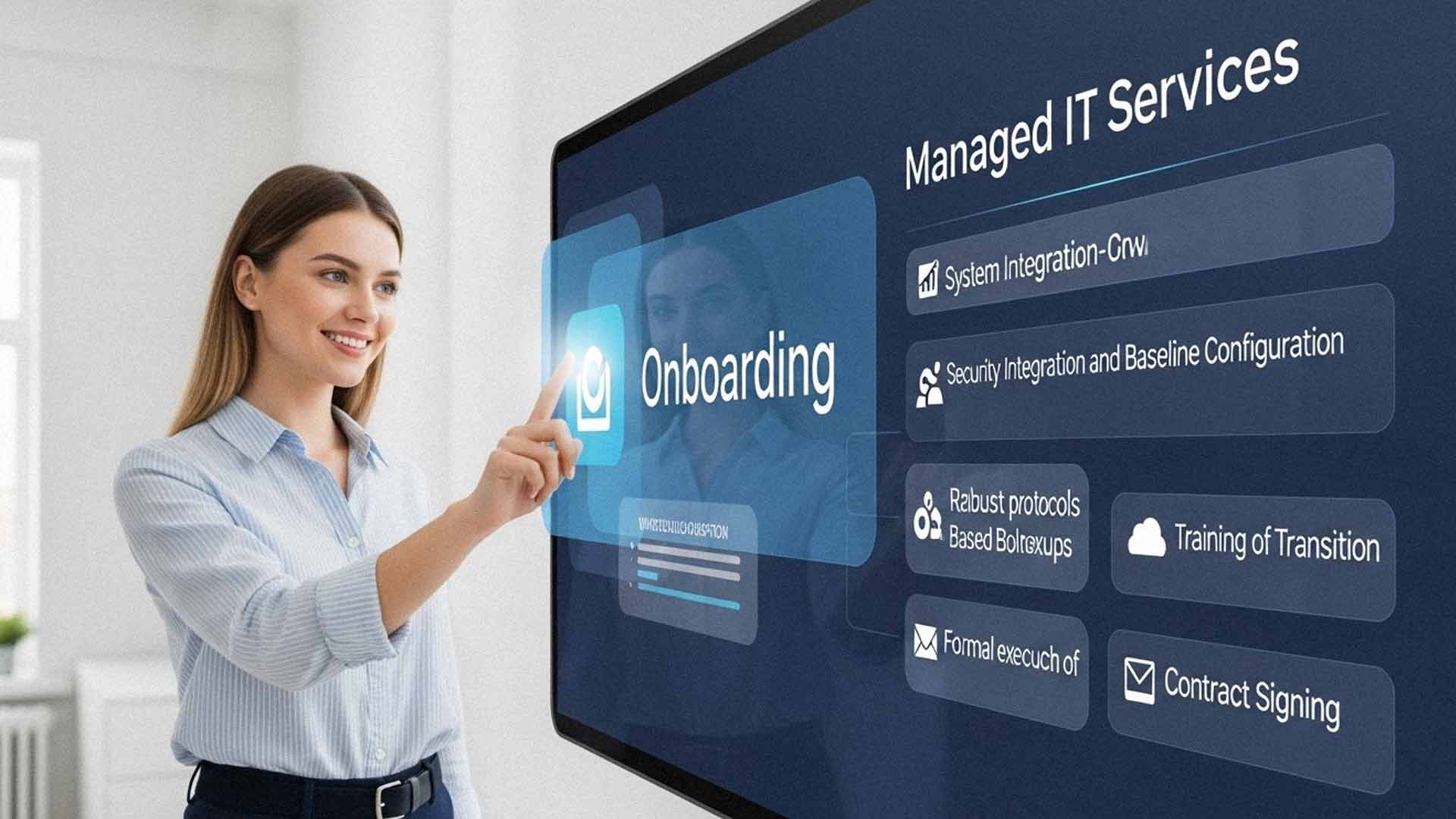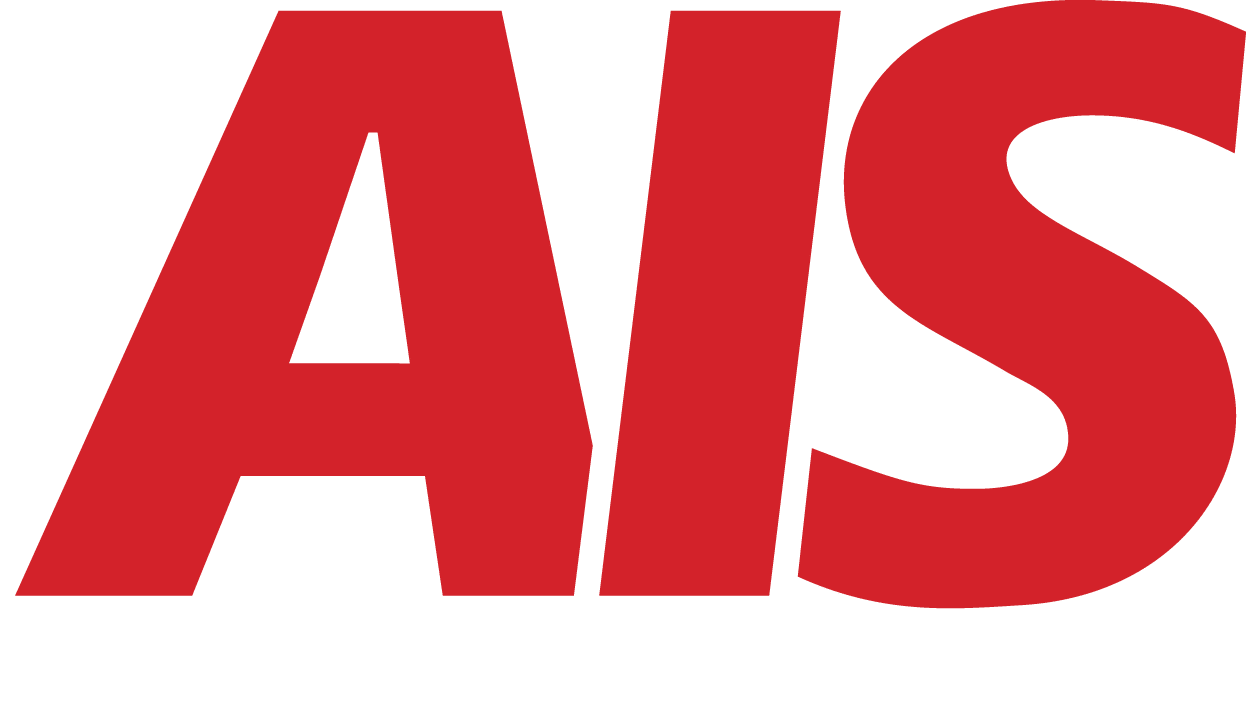What’s the Typical Onboarding Process for IT Managed Services
June 25th, 2025 | 6 min. read

If you're thinking about switching to IT managed services, or you're considering outsourcing your IT support for the first time, one of the biggest unknowns is probably this: "What does the onboarding process look like?"
Let’s be honest—leaping to a new IT provider can feel daunting. Will they understand your systems? Will there be downtime? How long will it take to get up and running? These are valid questions, especially if IT providers have burned you in the past.
The good news is that a well-structured onboarding process should ease your fears, not add to them.
In this article, we'll walk you through exactly what to expect during the onboarding phase with a managed IT provider, why each step matters, and how to tell if the process is being handled properly.
Whether you're a small business owner or an operations manager, this guide will help you enter the relationship with eyes wide open.
Why the IT Onboarding Process Matters More Than You Think
First impressions matter, and nowhere is that truer than with IT support. A provider's onboarding process sets the tone for everything that follows.
If the transition feels rushed, sloppy, or confusing, it can erode your confidence before the real work even begins.
Many business owners hesitate to switch providers because they worry about the disruption that may occur. What if the new team misses something? What if systems go down during the handoff?
These concerns are reasonable, but they shouldn't stop you from making a smart move, especially if your current IT setup isn’t working for you.
A professional onboarding process should be methodical, clearly communicated, and tailored to your specific needs. It's not just about flipping a switch.
It's about building a solid foundation for a long-term technology partnership.
Pre-Onboarding: What Happens Before the Contract Is Signed
Believe it or not, onboarding begins before any paperwork is finalized. Most quality providers will start with a discovery process that includes a consultation and initial assessment of your existing IT environment.
This is where they get to know your business—your goals, pain points, current systems, and what’s been giving you headaches.
Next, they’ll likely perform a site audit or virtual inspection of your technology environment. This includes checking your network infrastructure, security posture, device inventory, backup systems, and other relevant aspects.
The goal is to identify risks and opportunities so they can create a custom strategy for your business.
Once the assessment is complete, you'll get a proposal, timeline, and agreement that spells out services, costs, and expectations.
At this stage, a reputable managed IT provider should be able to clearly outline their onboarding process and provide an estimated timeframe for completion.
Week 1–2: Kickoff and Knowledge Transfer
Once the agreement is signed, the real work begins. The kickoff meeting is where you’ll meet your dedicated IT team.
This team typically includes a technical account manager, lead technician, and support staff who will be your primary points of contact going forward.
This phase is all about knowledge transfer. The provider will gather key documentation and access credentials—things like admin logins, network diagrams, and information about your software licenses.
If you’ve worked with a previous IT company, they may coordinate directly with them to collect this information and ensure a smooth transition.
During this time, the provider will also conduct a security review. They'll evaluate your current firewall rules, antivirus tools, email filtering settings, and user permissions to spot any immediate vulnerabilities.
If compliance is a concern for your industry, this is where those requirements will begin to be addressed.
Week 2–4: System Integration and Baseline Configuration
With access secured and initial audits complete, your provider will begin deploying the core tools and systems that support their service delivery. This includes:
- Remote monitoring and management software, which allows them to monitor the health of your systems in real time.
- Antivirus and endpoint protection tools tailored to your environment.
- Remote access solutions so they can provide support quickly without needing to be on-site.
- Cloud-based backup tools or upgrades to your current disaster recovery plan.
They’ll also take inventory of every device, user account, and piece of software in your environment. This helps them create a comprehensive picture of your IT footprint, which is crucial for providing proactive support later on.
This phase typically involves implementing cybersecurity protocols, such as multi-factor authentication (MFA), password policies, and enhanced firewall configurations. In short, they’re putting guardrails in place to reduce your risk of cyberattacks.
Lastly, your backup systems will be tested and refined. If your current backup solution isn’t meeting industry standards—or worse, isn’t working at all—your provider will recommend alternatives and make sure your data is protected.
Week 4–6: Testing, Training, and Transition
Once systems are in place, it’s time to test and train. Your IT provider will conduct backup and disaster recovery tests to ensure your data can be restored adequately.
They’ll also test the cybersecurity systems they put in place to ensure everything is working as it should.
Equally important is staff training. A good onboarding process doesn’t just equip your network—it equips your people. Your team will learn how to contact support, utilize the helpdesk system, and escalate issues if an issue arises.
If you’re transitioning from a previous IT company, this is when the formal handoff takes place. Your new provider will take over full responsibility for your systems, and the old provider should step aside. Ideally, this happens with zero downtime or disruption.
Finally, the provider will work with you to set communication expectations. How often will you receive reports? Who should you contact in an emergency?
Will there be scheduled check-ins? These are the kinds of questions that should be answered clearly and confidently.
What to Expect from Your Managed IT Provider After Onboarding
Once onboarding wraps up, you should feel like your systems are in good hands. But the relationship doesn’t end there.
Most providers will send monthly health reports that show system performance, ticket resolution times, and potential risks.
They’ll also perform scheduled maintenance and updates, keeping your software up to date and your network secure.
You should also expect regular check-ins—sometimes quarterly, sometimes more frequently. These strategic meetings are where you’ll talk about upcoming needs, company growth, and ways to optimize your IT systems for the future.
If your provider disappears after onboarding or fails to keep you in the loop, that’s a red flag. Ongoing communication is a hallmark of good managed IT support.
Common Pitfalls to Avoid During IT Onboarding
Like any transition, things can go sideways if you’re not careful. One common problem is delays due to missing documentation. If your old provider is uncooperative or if credentials are lost, it can slow everything down.
Another issue is a lack of employee training. If your staff doesn’t know how to use the new systems or who to call for help, frustration builds quickly.
That’s why training should be baked into the process, not treated as an afterthought.
It’s also easy to overlook legacy systems or outdated hardware during onboarding. If you’re still running a 10-year-old server or unsupported software, your provider should flag those risks early and help you plan a path forward.
How to Make the Most of Your IT Onboarding Experience
Want your onboarding to go smoothly? Start by asking questions. Don’t be afraid to request a timeline, list of deliverables, or clarification on any technical terms you don’t understand.
Hold your provider accountable for their promises. A good team will welcome your engagement and see it as a sign of a strong partnership.
And finally, keep an eye out for signs that things are going well: You’re getting clear communication, issues are resolved quickly, and your employees are adjusting with minimal stress. If something feels off, speak up early so minor problems don’t become big ones.
Final Say: Onboarding Process for Managed IT Services
If you’re still wondering whether managed IT services are right for your business, take a look at What Is the Difference Between Managed IT Services and Break/Fix?.
At AIS, we believe onboarding isn’t just a checklist—it’s the start of a long-term relationship built on trust, communication, and real results.
If you're thinking about switching providers, we’re happy to walk you through exactly how we handle the process.
A true southerner from Atlanta, Georgia, Marissa has always had a strong passion for writing and storytelling. She moved out west in 2018 where she became an expert on all things business technology-related as the Content Producer at AIS. Coupled with her knowledge of SEO best practices, she's been integral in catapulting AIS to the digital forefront of the industry. In her free time, she enjoys sipping wine and hanging out with her rescue-dog, WIllow. Basically, she loves wine and dogs, but not whiny dogs.
Topics:



